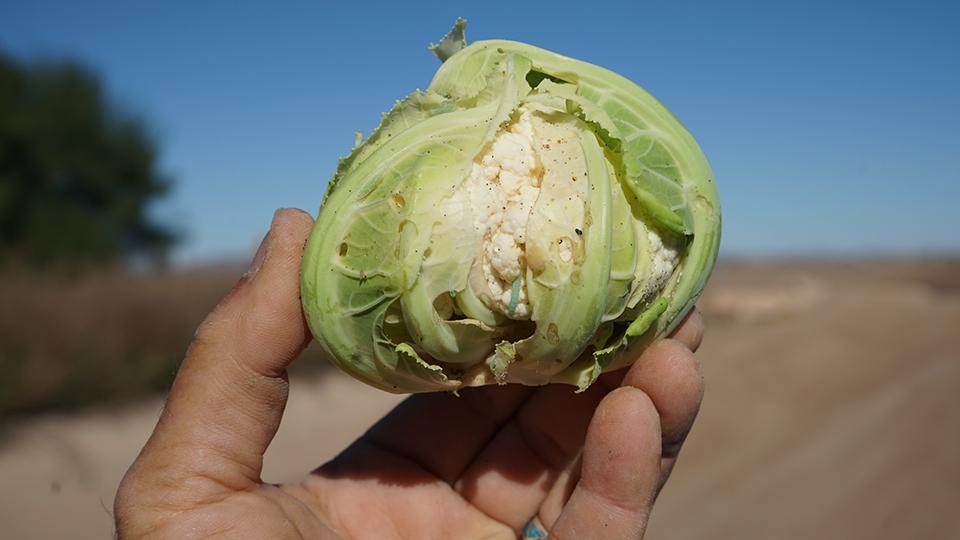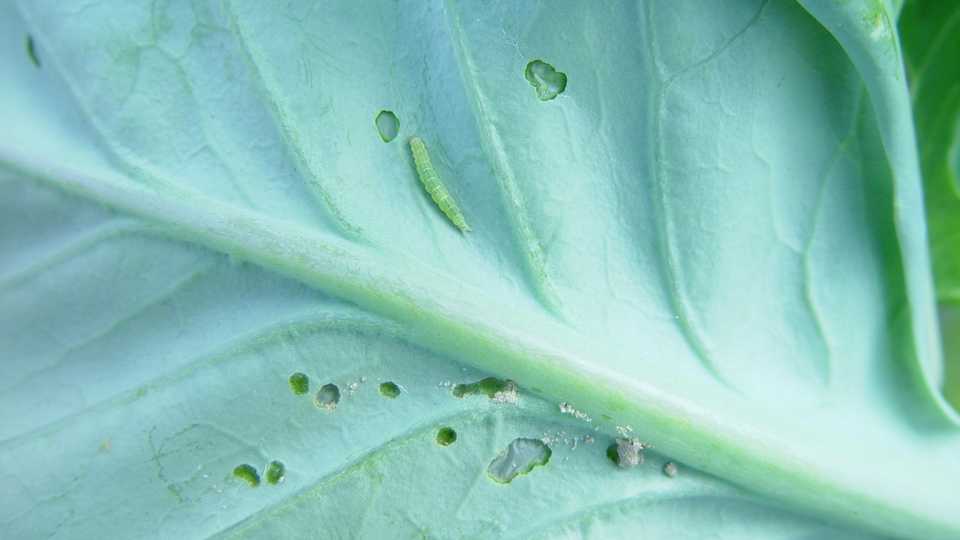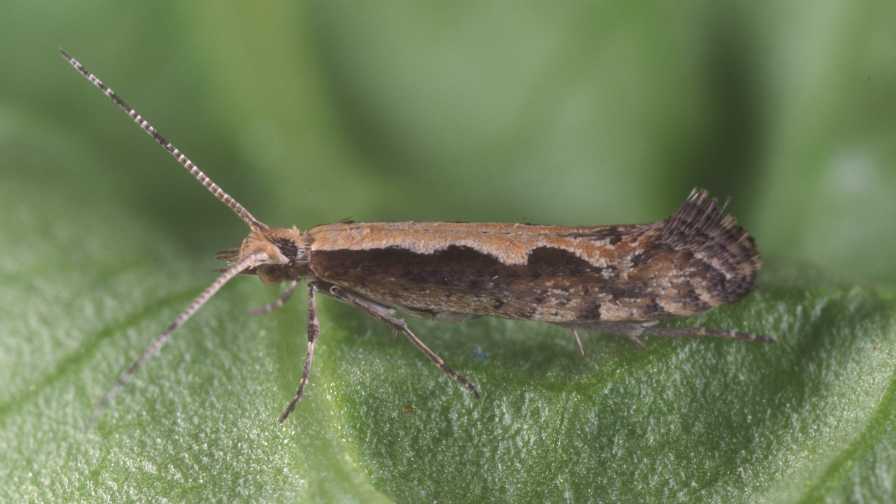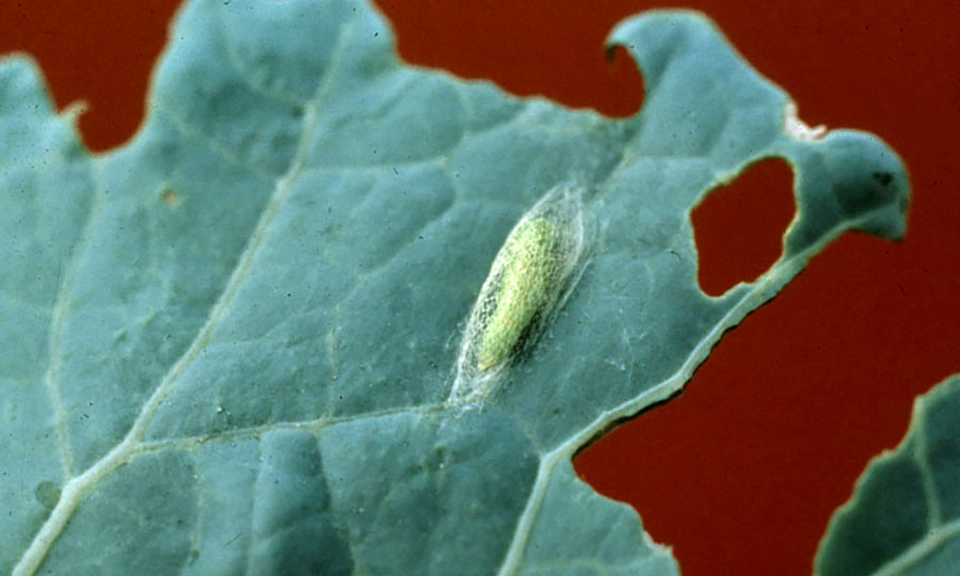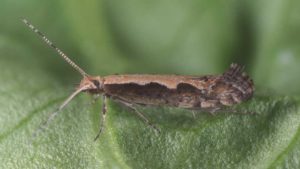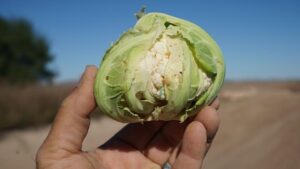Tips To Manage Diamondback Moth on Brassica Crops
The diamondback month, Plutella xylostella, is one of the most important insect pests of brassica crops if not controlled, leading to significant crop losses and increased control costs.
Outbreak conditions throughout much of the U.S., particularly in Georgia, Florida, and Coastal California, are more common recently. Under these conditions, controlling larvae and adults can be exceedingly difficult. In fact, it often requires multiple insecticide applications. This is expensive and can lead to resistance to key insecticide chemistries.
Following are tips to help you manage diamondback moth in your fields.
Inspect transplants. Stay in close contact with the nursery facility producing your seedlings. Before transplants are shipped from the facility, inspect transplants for eggs and larvae. If you find infested transplants, consider treating them prior to transplanting.
Verimark transplant drench. In areas where you anticipate heavy diamondback moth pressure in the nursery and field, consider treating transplants with Verimark (cyantranil-iprole, FMC) before transplanting. When applied correctly, the insecticide can supply about 30 days of systemic control of diamondback moth after transplanting. To minimize resistance risks, it is important that you do not apply another diamide insecticide such as Exirel (FMC) or Harvanta (SummitAgro USA) for 60 days following transplanting.
Understanding biological development. Diamondback moths are more biologically active than most other pests found on brassica crops. They can rapidly reach high infestation levels and overwhelm a field in a brief time if left uncontrolled. Population growth occurs over a wide range of temperatures (39°F to 107°F), and under ideal weather conditions (86°F) can complete a generation in less than two weeks.
When growing conditions are warm and dry, diamondback moth populations can potentially develop five to six generations on some brassica crops before harvest, each generation with greater numbers than the previous.
Crop sanitation. When practical, promptly disk under brassica crop residue following harvest. Delays in destroying crop residue only allows more diamondback moths to develop unimpeded in the field and disperse to nearby brassica crops.
Scout fields early and often. Once plants begin to actively grow following transplanting, or as direct-seeded crops emerge, scouting for eggs, larvae, and feeding damage is very important to prevent diamondback moth establishment. During warm and dry weather, Pest Control Advisers (PCAs) should scout crops three to four times weekly. When you find eggs, you can expect mining by first instar larvae on leaf surfaces within a few days. And expect larvae feeding on the undersides of leaves and in plant terminal by larger larvae soon thereafter.
Initiate control early. When larvae first appear on young crops, apply insecticide sprays quickly to prevent diamondback moth from colonizing the crop. Re-examine plants frequently to decide control effectiveness and the need to re-treat. In fields with Verimark-treated transplants, PCAs should not expect to see larval activity until 25 to 30 days after transplanting. Initiate treatment with foliar when you observe second and third instar larvae.
Maximize insecticide applications. Use only recommended insecticide products and rates necessary for control. Local Extension agents and specialists can likely provide this information. Whenever possible, apply insecticides using ground application equipment to optimize spray deposition and coverage. Research shows higher spray volumes (50 to 75 gallons per acre) increase insecticide efficacy on larger plants (e.g., cauliflower and Brussels sprouts). Always use an adjuvant with foliar insecticide applications to provide uniform deposition and penetration of spray droplets on foliage.
Fortunately, in most growing locations, several insecticide products with a different mode of action are available to control diamondback moth.
Alternate insecticides. The fastest way to create a resistant diamondback moth population is to repeatedly use the same insecticide and expose multiple generations of the population to the same mode of action. In desert brassica crops, research has shown that the most consistently effective insecticides against larvae (larvicides) include Radiant (Corteva Agriscience), Entrust (Corteva Agriscience), Proclaim (Syngenta), Exirel, Harvanta, and Bacillus thuringiensis (aizawai strain).
Products with activity against moths (adulticides) include Lannate (Corteva Agriscience), pyrethroids, and Dibrom (AMVAC). It is strongly recommended that larvicides not be tank-mixed together; only use a sole product with each application. However, tank mixing an adulticide with a larvicide when moths are abundant can be helpful in suppressing population growth.
Be aware of insecticide resistance. Local research shows that all the insecticides discussed above are still effective against diamondback moth populations in Arizona and Southern California. However, the Southeast U.S. and Coastal California recently reported having difficulty in controlling diamondback populations with chlorantraniliprole.
Contact your local cooperative Extension agent/specialist if you suspect insecticide resistance to chlorantraniliprole or any other insecticide commonly used in your area.





